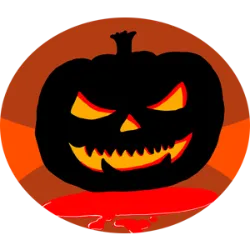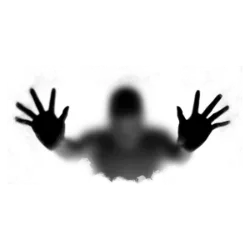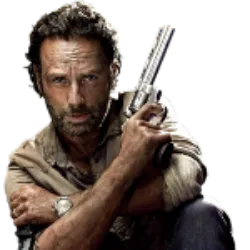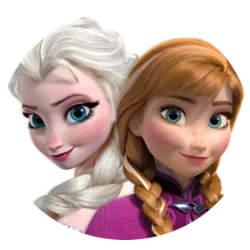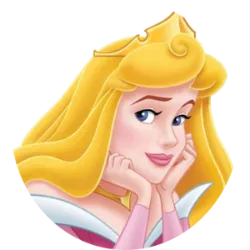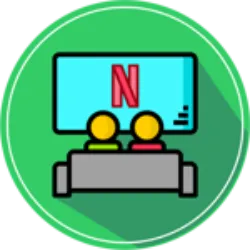The Curse of Tutankhamun

The belief in the curse of mummies arose due to the discovery of King Tutankhamun's treasure in 1922 by Howard Carter in Egypt, when he found King Tutankhamun's treasure. The death of Lord Carnarvon, the expedition's sponsor, shortly after the discovery, sparked rumors of a curse, amplified by the sensationalist press. Although Carter lived long afterward, the story persisted, and even minor incidents were attributed to the supposed curse. The real mummies were wrapped in bandages and would not walk like in horror films.
The Mystery of Bloody Mary
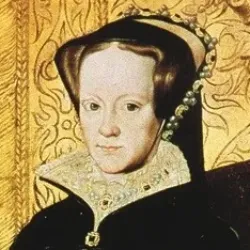
Mary I, also known as "Bloody Mary", was a queen of England who ruled in the 16th century. She gained notoriety for persecuting Protestants and promoting Catholicism during her reign. His nickname arose due to the persecutions that resulted in the execution of almost 300 Protestants for heresy, many of them at the stake. The name "Bloody Mary" remained associated with Mary I, generating a feared reputation in her memory. Furthermore, it is an urban legend often told in schools, it scares children and involves a dead girl appearing after being called. Bloody Mary is called by candlelight in the bathroom mirror. According to legend, calling thirteen times, Mary appears. “Bloody” means “bloody” and also “bloodthirsty”. In most variations of the legend, Mary appears to take revenge. However, there are those who say that she is good and just wants to talk and predict her future. Do you want to take a risk?
Test yourself with one of these challenges 👇
Discover some interesting facts about Halloween
The First Witch of England

Sixty thousand people were executed for witchcraft during the early modern period, and one of the first was Agnes, also known as Mother Waterhouse, of Chelmsford, Essex. Agnes was the first woman to be executed in Britain under the Witchcraft Act of 1563. She confessed to having a cat called Satan to which she gave her own blood, claiming that in return the cat killed her neighbors' animals and spoiled them. your products. However, with current knowledge, it appears that Agnes was a victim of 16th century interrogation tactics, which involved sleep deprivation and false promises of immunity and pardon. Agnes was hanged in 1566, aged 64.
All Saints’ Day
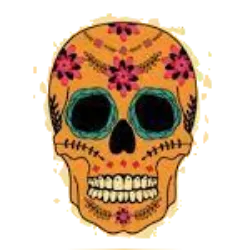
In Spain, especially in regions with Celtic influences such as Asturias and Galicia, Day of the Dead or All Saints' Day is celebrated in a similar way to Halloween, occurring on November 1st. In the Christian tradition, people visit cemeteries, decorate graves with flowers, and say prayers in memory of their deceased loved ones. In their homes, families gather to share stories about their relatives, both living and deceased, and also enjoy traditional treats for the occasion, such as fritters and "holy bones." Furthermore, in Spain, there is the custom of performing theatrical performances related to the myth of Don Juan Tenorio, the "Trickster of Seville and the Stone Guest," created by Tirso de Molina. In legend, Don Juan Tenorio dared to visit the cemetery that night to confront the souls of the victims of his actions.
The Ghost Bride
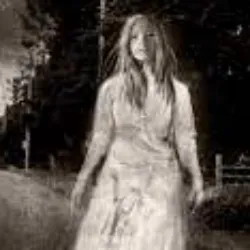
The frightening legend of the woman in white has several variants in various parts of the world. In Brazil, the woman in white is also called Bela da Noite or Midnight Woman. One of the main versions tells the legend of a young woman dressed as a bride. She appears on roads asking for rides from lonely drivers and asking for help getting home. The moment they pass in front of a cemetery, she suddenly disappears from inside the car, leaving drivers confused and terrified. Supposedly, the haunting was the manifestation of the spirit of a bride who died in an accident on the eve of her wedding. Therefore, she wanders the roads at night looking for her husband, for all eternity...
Legends of Ancient Greece
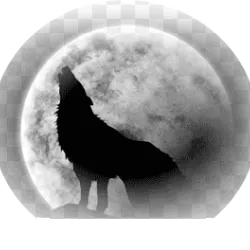
The first recorded mention of werewolves dates back to 1 AD in Ancient Greece. The ancient Greeks wrote allegories about men who, due to curses or afflictions, turned into wolves. Shapeshifting is called lycanthropy, derived from the Greek words "lykos" (wolf) and "anthropos" (man). One popular story involves King Lycaon, who doubted Zeus' divine powers and tested him by serving him human flesh. As punishment, he was sentenced to the solitary existence of a werewolf, and Mount Lykaion in Greece was named in his honor, meaning "Wolf Mountain."
The Dark History and Legend of Dracula
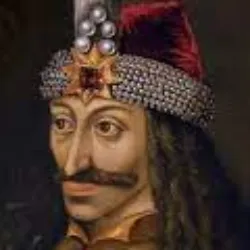
Vlad III, also known as Vlad Tepes the Impaler, who was born in Romania in 1431. His father, Vlad II, was part of the Order of the Dragon and was famous for protecting territories against the Turkish Empire. Vlad III grew up to become a cruel ruler, known for impaling his enemies on battlefields, earning him his nickname. On the battlefield, he was capable of creating scenes of horror, displaying the bodies of his opponents chained to stakes. During his childhood, he and his brother were handed over as hostages to Sultan Murad I, but Vlad III returned to Romania after his father's death and came into conflict with his brother on the battlefield. Despite his brutality, he is remembered as a national hero in Romania. The historical figure of Vlad Tepes became the legend of Dracula thanks to Bram Stoker's novel "Dracula", published in 1897, which became a horror icon.
Test yourself with one of these challenges 👇
HOME
